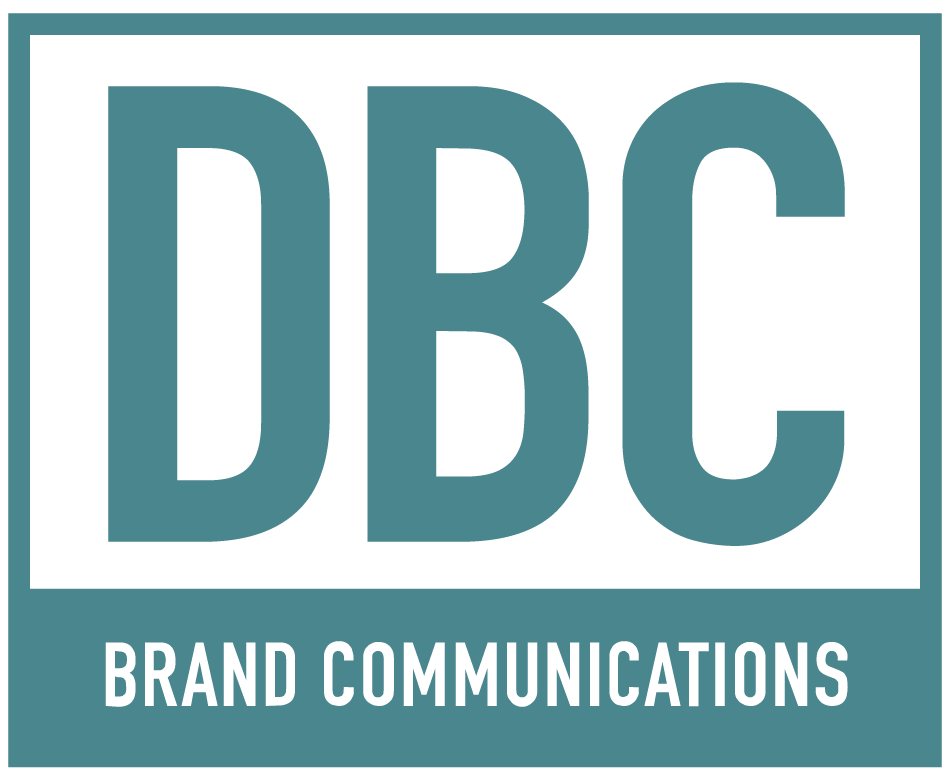Each day your brand equity – how external audiences perceive you – is evolving. Through each interaction sales and marketing might have with prospects, to the conversations that those in the industry have about your company, to how audiences process information from your collateral, a narrative or belief set is forming.
This takes place whether you are actively involved in managing that evolution or not. And once a perception direction takes hold, with each passing day it becomes more difficult to correct or re-direct that perception if it is not representative.
Often companies, especially early stage companies, feel that they are “not ready” to actively pursue communications or marketing. But those that delay such efforts often find themselves subsequently working to “change opinions.” But that is exceedingly difficult to do and can take considerable time.
It is imperative that all companies take control over their brand equity management from the point of going to market and maintain that effort throughout their growth and expansion. Companies cannot afford to “go dark” on engineering a desired marketplace perception as even during brief periods of disengagement from communications can result in brand equity evolution organically taking undesired paths.
The first critical component of gaining control of brand equity evolution is of course having a clear understanding of what your brand equity is. This is the “context” that you want to put forth within which you would like targets to assess you. Even if not initially accepted, uniform and consistent utilization of such a context forces the target to consider you within desired parameters.
This platform should be predicated not on what you do, but what impact or positive benefit you produce for the target. Therefore, your brand position should speak to as much what a target need or concern is rather than your product or service.
“People want to work with entities that they feel uniquely understand them. Your brand position is the key to establishing this.”
The primary function of a brand position is to engage the target and motivate them to want to learn more. To accomplish this, it is critical that the target see you and your brand as having a unique and proprietary understanding of their needs. People want to work with entities that they feel uniquely understand them. Your brand position is the key to establishing this. Those target needs and how they link to your offering can best be surfaced through first party interviews with external and internal stakeholders as well as through secondary research into target segments.
With a well-designed brand platform in place, the key is then application of it with frequency and consistency across all target touch points – from publicity to content to thought leadership and sales and promotion collateral.
Your brand equity is evolving each day. The time is now to become an active participant in managing that evolution and engineering how you want to be seen in the marketplace. By doing so you can better enhance business development by sensitizing your target audience for shortened conversion cycles and better generation of in-bound leads.

